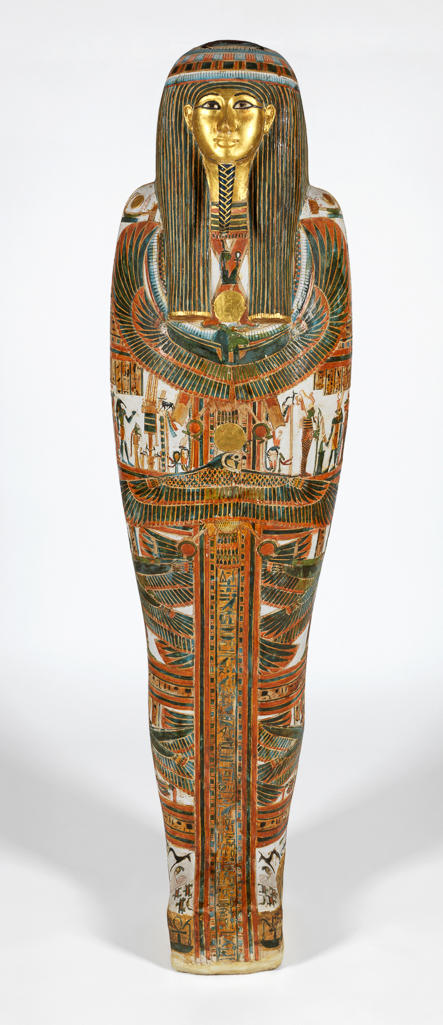James Quibell
Quibell (1867–1935) was an English Egyptologist who was fortunate to be involved in the discovery, excavation and recording of many important finds in the history of Egyptology. His first excavation after his graduation from the University of Oxford (Christ Church College) was with Sir Flinders Petrie at Koptos in 1893. Prior to the excavation of this site, knowledge of Egypt did not extend back beyond the Fourth Dynasty, but Petrie and Quibell's work demonstrated a more ancient history for Egypt. In the following year, he assisted Petrie again, this time at Naqada and Ballas, where they excavated one of the most extensive Predynastic Egyptian cemeteries ever discovered. Indeed, it was Quibell who is said to have been the first one to suggest that the burials here were prehistoric and not a 'New Race' that had appeared in the First Intermediate Period.
The experience of working at these early Egyptian sites equipped Quibell for his own excavations at Hierakonpolis in 1897–8 where, with F.W. Green, he made the remarkable discovery of a cache of archaic objects in an archaeological context that was named 'the Main Deposit'. Some of the objects that were found here can be seen on display in case 1.
On a very different sort of excavation for the Egyptian Research Account in 1896, he cleared an area of the Ramesseum (the Nineteenth-Dynasty Mortuary temple of Ramses II). Under this monument he found tomb shafts containing valuable Middle Kingdom papyri and objects used in the practice of magic and medicine. This collection of texts is considered to be one of the most valuable single finds of Middle Kingdom papyri and is often called the 'Ramesseum Library'. In the process of this work he came across the tomb of Nekht-ef-Mut whose magnificent cartonnage coffin (E.64.1896) and associated objects are one of the highlights of the Fitzwilliam Museum collection, now on display in case 24.

Quibell spent most of his life living in Egypt, working in a number of posts for the Antiquities Department: Inspector in Chief of the Antiquities for the Delta and Middle Egypt 1899–1904; Chief Inspector in Luxor, 1904–5; Chief inspector for Saqqara, 1905; Keeper, Cairo Museum, 1914–23, and Secretary-General, Cairo Museum, 1923–5. Even after retiring from this last post, Quibell kept busy, and assisted Cecil Firth in his excavations at Saqqara before becoming director at the Step Pyramid from 1931 to 1935, a project that he was working on right up until his death.
Further Reading
- Dawson, W. and Uphill, E. (1995) Who Was Who in Egyptology, third edn, revised by Bierbrier, M.L., Egypt Exploration Society, London, pp.345–6.
- Petrie, W.M.F. & Hogarth, D.G. (1896) Koptos, Bernard Quaritch and Co., London.
- Petrie, W.M.F. & Quibell, J.E. (1896) Naqada and Ballas, British School of Archaeology in Egypt, London.
- Quibell, J.E. and Green, F.W. (1902) Hierakonpolis II, British School of Archaeology in Egypt, London.
- Quibell, J.E., Paget, R.F.E., and Pirie, A.A. (1896) The Ramesseum and the Tomb of Ptah-Hetep, Bernard Quaritch, London.
Other highlight objects you might like
Other pathways and stories you might like
Sign up to our emails
Be the first to hear about our news, exhibitions, events and more…






